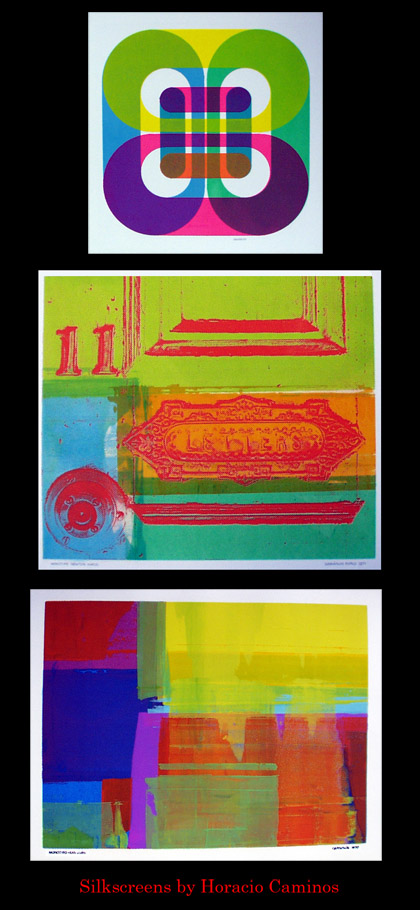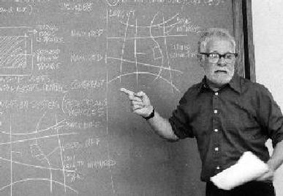SIGUS administers the Horacio Caminos Memorial Fund
The CaminosFund is used to encourage and support interest in Third World Issues, linking architecture with social and economic development. Some of Mr. Caminos' silkscreens have become available as a thank-you for generous donations. Please contact sigus@mit.edu for more information.

Horacio Caminos Memorial Fund
The Horacio Caminos Memorial Fund was established through contributions from the alumni of the Urban Settlement Design Master's Program in the Department of Architecture at the Massachusetts Institute of technology, 1968 to 1983. Funds are primarily used to support workshops and research.

Support the Efforts of SIGUS in its workshops and research! We seek funds to continue our field-based activities! Please send contributions to:
Sigus Contribution
School of Architecture and Planning
BLDG. 9-369
MIT
Cambridge, MA 02138
Please indicate on check "ACCOUNT 2450700" to ensure it goes to the sigus account and not lost within MIT.
AND MANY THANKS!
April 4, 1914, Buenos Aires - February 18, 1990, Boston Horacio Caminos was a professor of architecture whose teaching and work concentrated on the planning and design of low-cost housing settlements in developing countries. He was the designer of buildings and architectural complexes in several countries, including the master plan for the Universities of Buenos Aires in Argentina and Los Andes in Merida, Venezuela. However, the focus of his work was settlements for the poor and beginning in the mid-1960s, he designed dwellings and sites in Colombia, Puerto Rico, Kenya, Lebanon, Guatemala and El Salvador. At MIT, in 1965 with a grant from the Ford Foundation, he created a program in the School of Architecture and Planning in Urban Settlement Design in Developing Countries, focused on students from developing countries.
Professor Caminos published the results of his professional experiences in the book Urbanization Primer in 1978, coauthored by his associate at MIT Reinhard Goethert. The book covers project assessment, site analysis and design criteria for projects in developing areas. He also was the author of Education or Catastrophe, published in Argentina, which expresses his belief the education offers one of the few reliable solutions to the world's problems.
Caminos was also an artist. His early experiments were in the painting medium, but after observing artist friends in Puerto Rico, he actively embraced silk-screening. Much of his work was done during the 60s and 70s, when he spent many of his summers in Kitty Hawk, North Carolina, and in his home in Newton. He was very interested in the interplay of color, transparency, and translucence with very fluid geometries. A major exhibit of his silk-screens was in Viejo San Juan, Puerto Rico.
Born in 1914 in Buenos Aires, Argentina, Professor Caminos received his degree in architecture in 1939 from the University of Buenos Aires. After spending a year in the United States studying US housing policies and their implementation, he returned to Argentina to join the faculty of the University of Tucuman. He taught there for 10 years while maintaining private practice.

During 1951 he was associated with the School of Architecture of the Architectural Association of London. He returned to the US in 1952 to become a professor of architecture at North Carolina State College. He joined the MIT faculty in 1961 and retired in 1984 as professor of architecture emeritus. He was the winner of numerous architectural awards.

